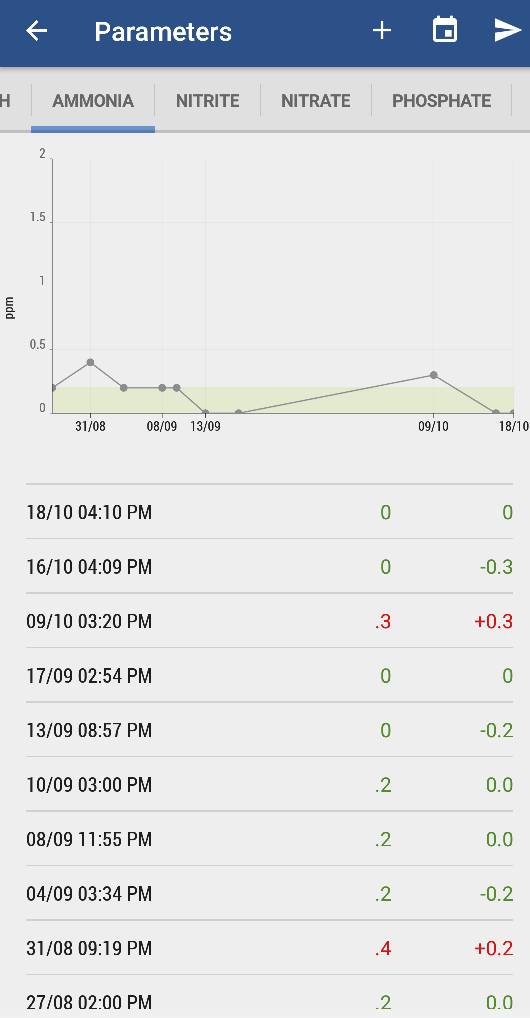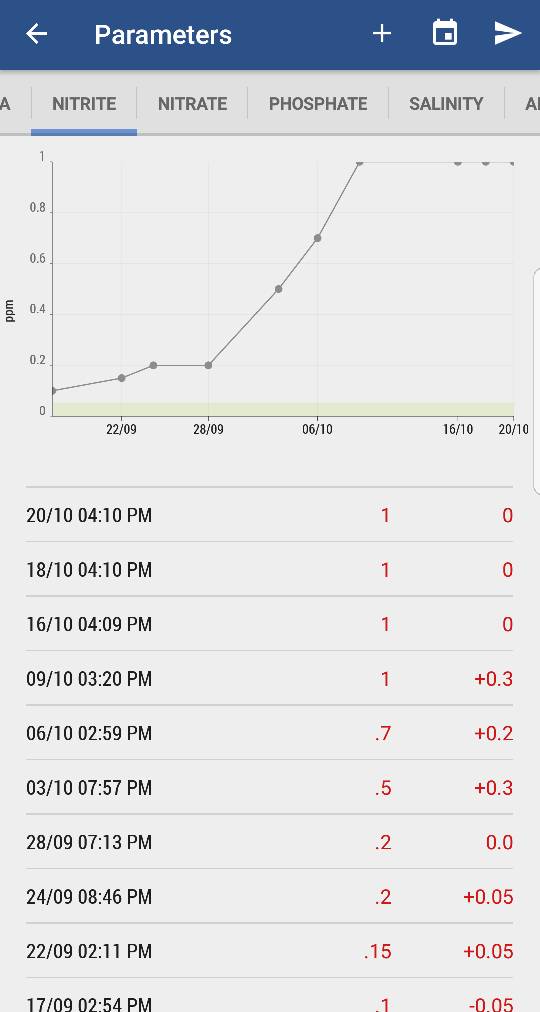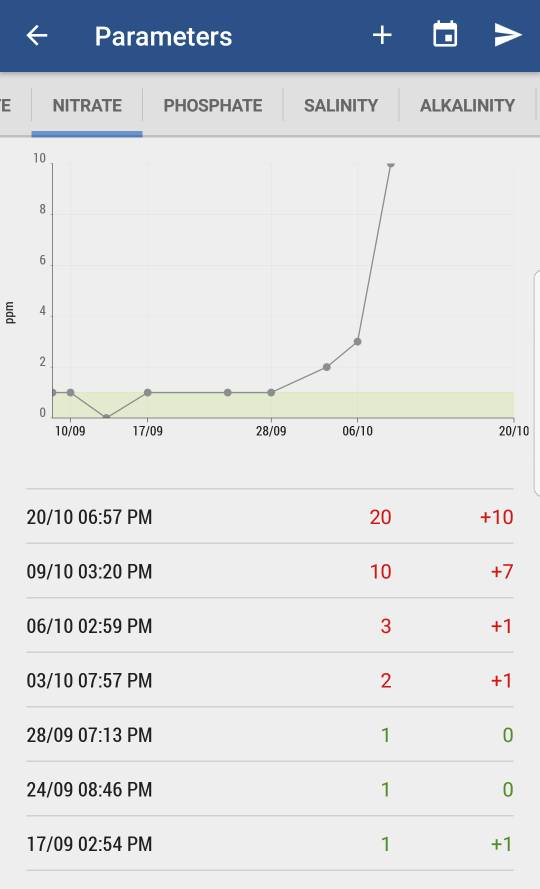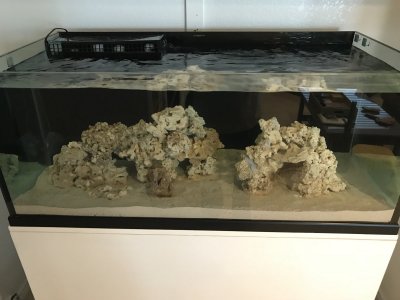Brew12
Electrical Gru
View BadgesExcellence Award
Reef Tank 365
Article Contributor
Moderator Emeritus
North Alabama Reef Club
Article Administrator
My Tank Thread
That is why I really dislike the term Cycled. It can mean so many different things to different people. Too much confusion.I term cycled by whether or not the system can undergo unlimited full water changes and always pass an oxidation test upon refill. That's the thirty day mark with nearly all assisted cycles, agreed further maturation adds coralline etc
focusing on legit starting points mainly, people always want the soonest time some organisms can break the monotony of the cycling tankand it must be repeatable imo to be legit
That water change benchmark to me solves all manner of difference between true stand alone capabilities and something more like hospital emergency tank mode where only items dosed to the water hold the nitrification ability (not the surfaces). Those systems cannot ensure a full water change and pass a digestion test without redosing bacteria
Agreed from there, fish quarantine alone should keep people nice and aged before venturing too far out.
I do agree that people push systems before they are ready. That is why I try not to make any blanket statements on when a tank is ready for fish. I've seen some tanks ready in a day and others not ready after 2 months.
FYI, I've done a 100% water change on a QT system multiple times and it still processed ammonia with no issue at all. The bacteria seeds the sponge in the HOB, not the water. The water itself is irrelevant to processing ammonia.






















